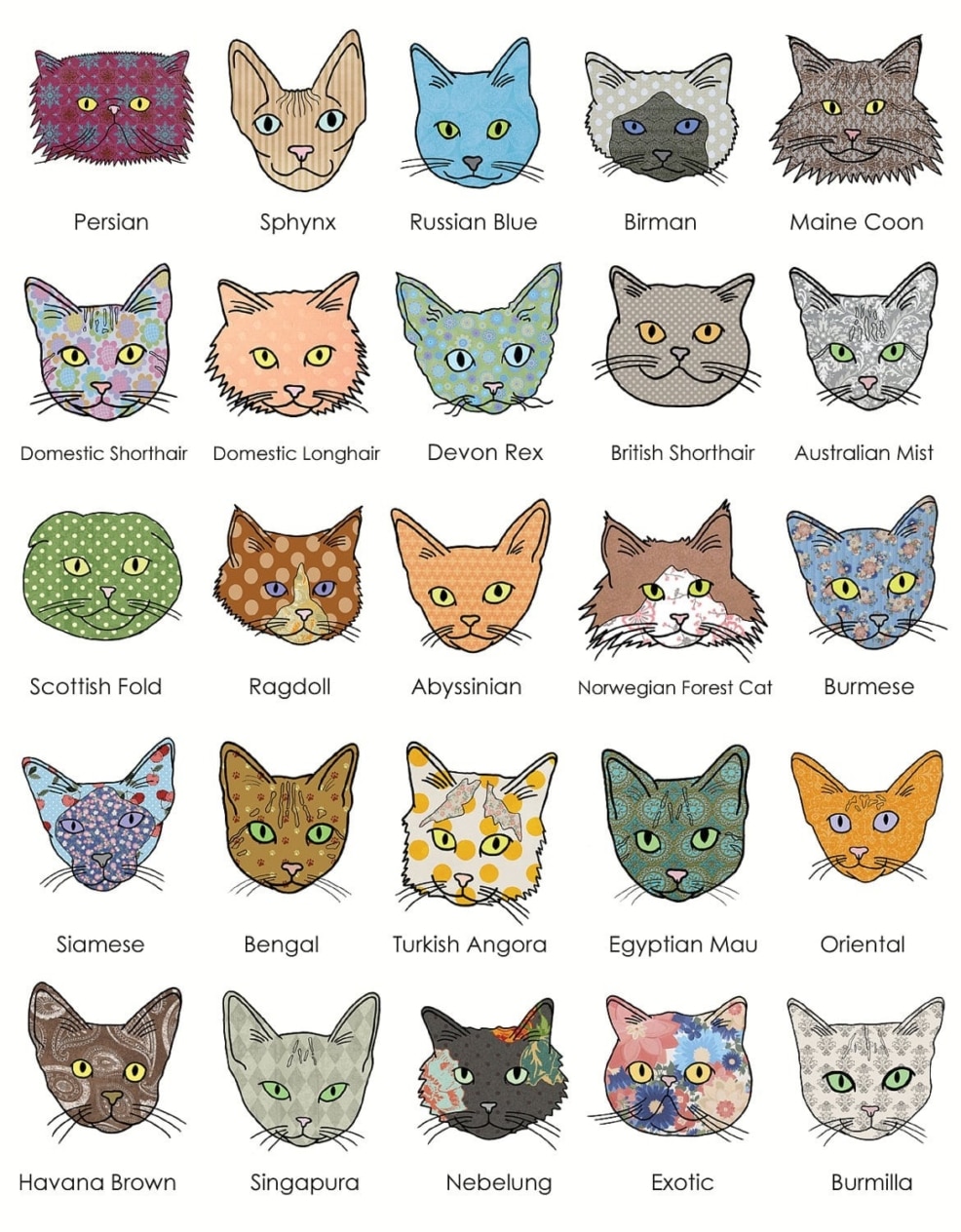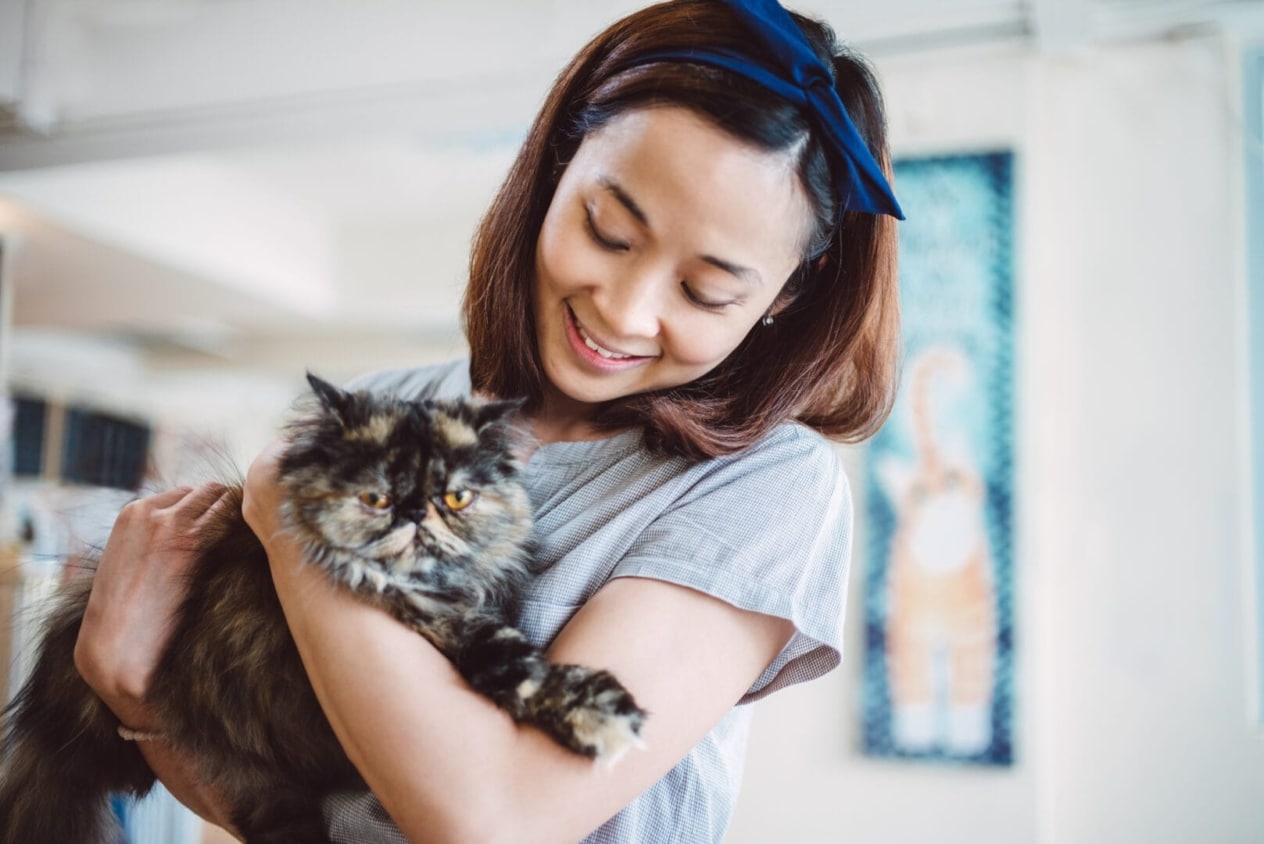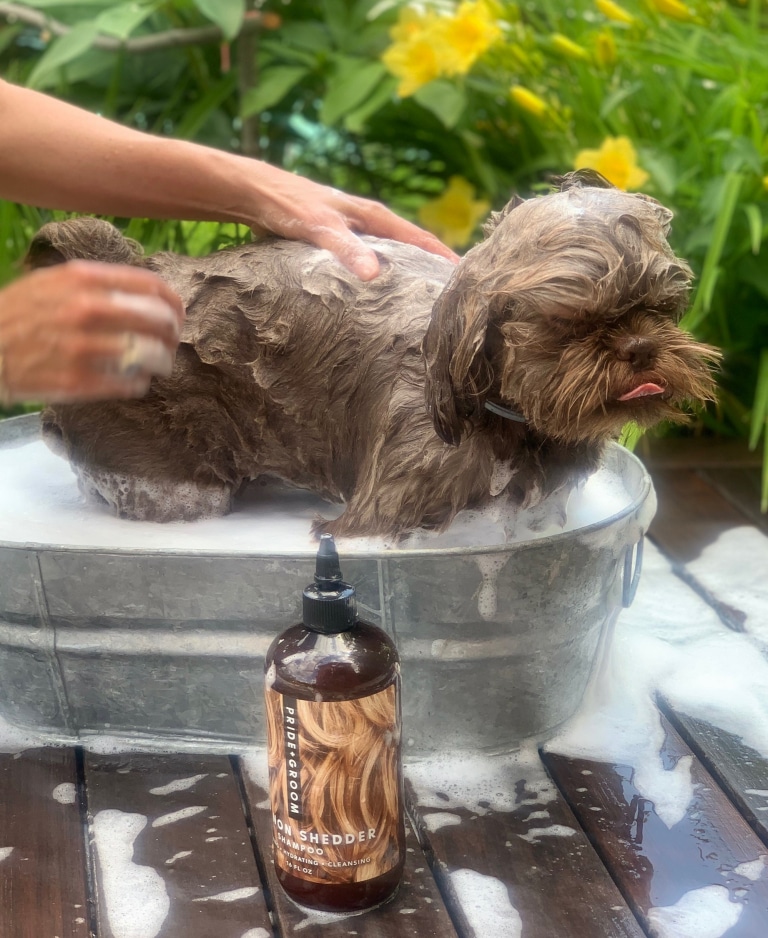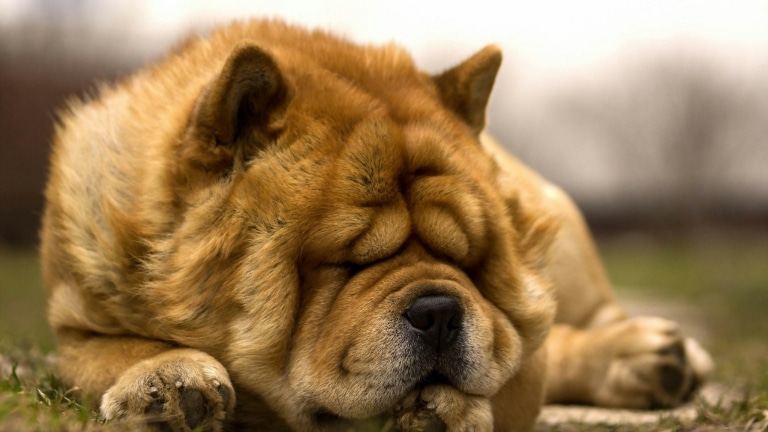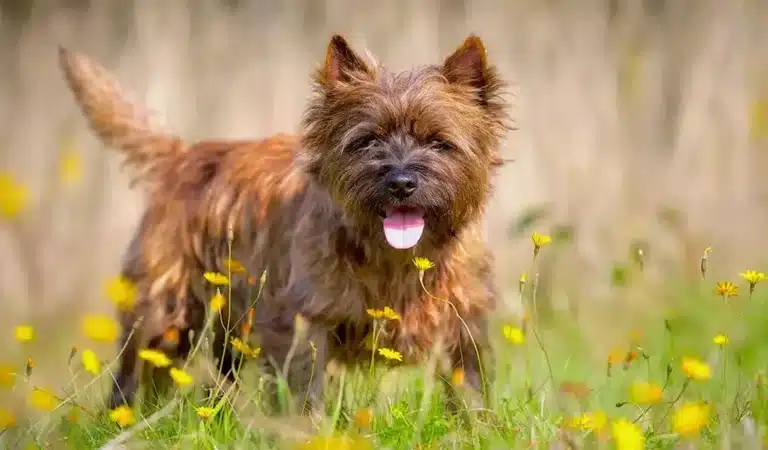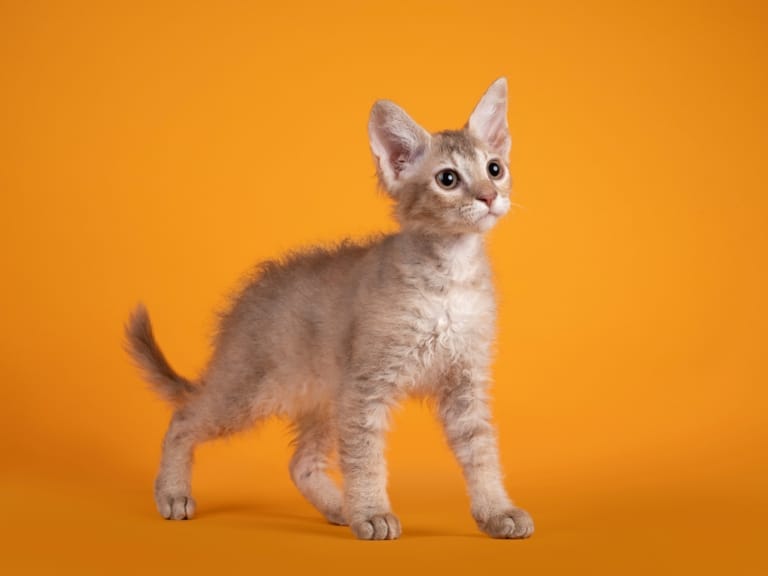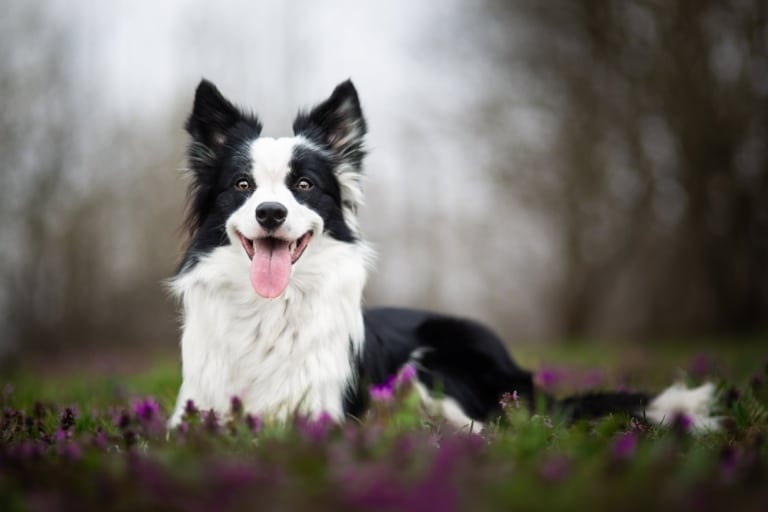Today we have both pedigree pets with documents and so-called “pedigree” cats, which can actually be descendants of several breeds. Many owners look at their cat and wonder: “Why does he have such big paws?”, “Where do these fluffy ears with tassels come from?”, “Why does he constantly talk to me?”. And then the main question arises – is it possible to determine by appearance and behavior to which breed or line the ancestors of the cat belong?
Let’s try to figure it out together – scientifically and logically.
External signs that can give away the breed
The first thing to pay attention to is appearance. Many cats even without a pedigree have characteristic features that resemble a certain breed.
Head shape. In the British and Scottish it is round, in Maine Coons – elongated and wide, in Siamese and Orientals – narrow wedge-shaped.
Ears: Huge and pointed – as in Abyssinian cats; small rounded with tassels – as in Maine Coons; pressed – as in Scottish Folds.
Eyes. In many breeds, the color of the eyes is indicative: bright blue – in Siamese and Ragdolls, copper – in Brits, emerald – in Russian Blue.
Body. Slender and long – similar to Orientals or Siamese; stocky and heavy – British or Maine Coons; small and graceful – Burmese or Singaporean.
Tail. In Siberians – thick and fluffy, in Orientals – long and thin, in Maine Coons – “foxy”.
Behavior and character as a clue
An equally important indicator is behavior. After all, genes also determine the character.
If the cat constantly “talks”, loudly and long meows – he may have Siamese or Oriental ancestors.
If he adores water and even dives into the bathtub – a hint of Turkish Van.
Excessive affection, love of hands and “doll” relaxed – a trait of ragdolls.
If the cat likes high shelves, climbs higher than others – it may be from a Maine Coon or Abyssinian.
Predatory hunting behavior, constant “hunting” even for toys – the traits of Bengal cats.
Thus, an attentive owner can discover a whole world of hints about the ancestors of the pet, if he looks not only at its appearance, but also at its habits.
The main features of the different breeds of cats
To make it easier to identify possible ancestors of your pet, it is useful to know the most characteristic features of breeds. They can tell you which “genes” are dominant even in a mongrel cat. Below are examples of unique traits that are rarely repeated in others.
Maine Coon – huge body size, fluffy “foxy” tail, tassels on the ears, deep gaze.
British Shorthair – round muzzle, dense body, short plush hair and copper eyes.
Scottish Fold – ears pinned forward and down, round head, affectionate expression of the muzzle.
Siamese cat – very slender body, long legs, wedge-shaped head, blue eyes and loud “talking” character.
Oriental – body like a Siamese, but with any color; large ears – like “satellite dishes”.
Abyssinian – smooth coat with tiking (several colors on one hair), activity and gracefulness.
Bengal – bright leopard or marbled pattern on the coat, high energy level.
Ragdoll – large soft body, blue eyes, tenderness and “doll-like” state when picked up.
Turkish Van – love of water, white body with red spots on head and tail.
Siberian cat – thick triple coat, strong body, round muzzle with wide cheekbones.
Russian Blue – elegant body, emerald eyes, dense gray-blue coat with shine.
Sphynx – no fur, wrinkled skin, huge ears and almost “human” expression of the eyes.
Burmese cat – velvet wool, large yellow-gold eyes, compact but muscular body.
Singaporean – smallest breed, light beige color, very large eyes relative to the body.
Norwegian Forest – massive body, “collar” of wool around the neck, fluffy long tail.
Persian – flat muzzle, thick fur, majestic movements.
Exotic Shorthair – looks like a Persian, but with short plush fur.
Cornish Rex – curly coat, slender body, large ears.
Devon Rex – also curly fur, but shorter legs and almost “fairy tale” expression of the face.
This list can go on for a long time, because the world of breeds is incredibly diverse. The main thing is to pay attention to the combination of several traits, because one parameter can be repeated in different breeds, but the combination is a clue about heredity.
DNA tests for cats: a modern way to find out the truth
Today, even animals have the opportunity to undergo a real genetic study. Special companies offer tests that analyze a sample of saliva or hair and show:
which breeds are found among the ancestors,
the percentage of heredity,
possible genetic diseases to which there is a predisposition,
character traits that are linked to the genes.
This is not a cheap pleasure, but for many owners – a real discovery. After all, sometimes the test shows that an “ordinary backyard cat” has three different breeds in its ancestors, and its favorite habits are not an accident, but a genetic heritage of some random leopard. 😂
Common myths about breed identification
Very often owners draw conclusions about the origin of the cat on the basis of superficial signs. But this is not always correct.
Myth 1: coat color determines the breed. In fact, any color can occur in several different breeds. For example, there are black cats both among the British and mongrels.
Myth 2: All red cats are Maine Coons or their descendants. Red color is not tied to a specific breed, and a huge number of “ordinary” cats have it.
Myth 3: a fluffy tail means pedigree. It may be a sign of Siberian or Norwegian Forest ancestors, but fluffiness is also found in mestizos and even in those whose parents do not have a fluffy tail.
Myth 4: if the cat is intelligent or affectionate, then the pedigree. The level of intelligence and character depends on individuality, education and only partially – from genes.
Myth 5: all mongrel cats are the same. This is the most common misconception. In fact, “mongrel” does not mean “ordinary”. These cats often have a unique mix of traits that make them unique. In general, there are people who tend to take exactly mongrel cats, because they consider them much more special than their pedigree relatives.
Conclusion
Is it important to know your cat’s ancestry?
Determining a cat’s ancestry is always an interesting adventure. Appearance and behavior can provide many clues, and modern DNA tests can even reveal a pet’s true genetic history. However, it is important to remember: whether your cat has a pedigree or is a mestizo, its value is not in its origin, but in its uniqueness.
Each cat has its own character, habits and traits that make it special to the owner. Knowing about possible ancestors is a way to better understand the needs of the animal, pay attention to health in time and feel even deeper connection with your faithful friend.
After all, in the end, it doesn’t matter if your cat has blue blood. What is important is that he is part of your family and he cares about you.



